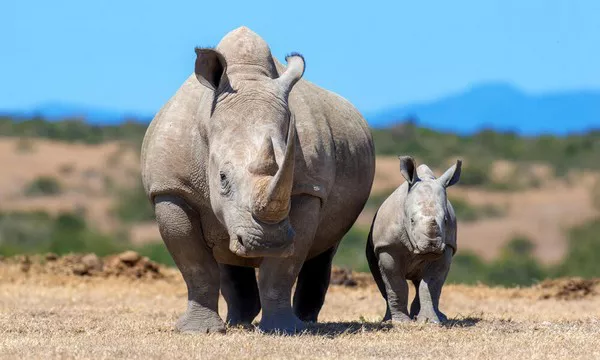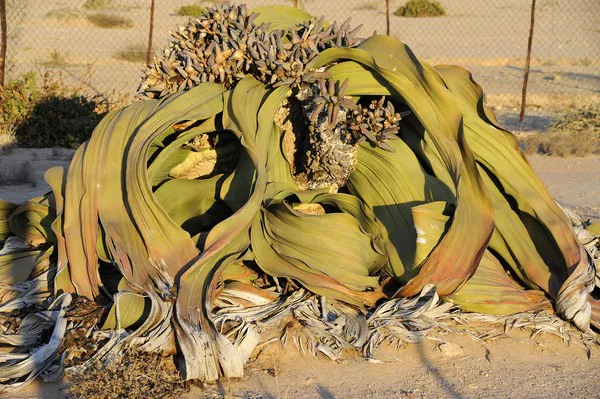In the vast and varied tapestry of the animal kingdom, size often becomes a defining characteristic. From the mighty elephants of Africa to the hulking herbivores of prehistoric times, this article embarks on a journey to explore the top 10 heaviest land animals. These colossal creatures, spanning different continents and epochs, showcase the remarkable diversity of life on Earth and the incredible adaptations that have allowed them to thrive in their respective environments.
Top 10 Heaviest Land Animals
1. African Elephant (Loxodonta africana):
At the pinnacle of the list stands the African elephant, the largest land animal on Earth. Males of this species can weigh an astonishing 12,000 to 14,000 pounds (5,443 to 6,350 kilograms), with some exceptional individuals surpassing these figures. Characterized by their iconic tusks and distinctive ears, African elephants roam the savannas and forests of Africa, playing a crucial role in shaping their ecosystems.
2. Asian Elephant (Elephas maximus):
Closely related to their African counterparts, Asian elephants claim the second spot among the heaviest land animals. While generally smaller than African elephants, Asian elephants still boast impressive weights ranging from 8,000 to 11,000 pounds (3,629 to 4,990 kilograms). Revered in cultural and religious contexts across Asia, these elephants are vital components of their native habitats, from dense forests to grassy plains.
3. Indricotherium (Paraceratherium):
Stepping into the realm of prehistory, the Indricotherium, also known as Paraceratherium, emerges as one of the heaviest terrestrial mammals to have ever existed. This colossal herbivore, resembling a giant rhinoceros, roamed the landscapes of Eurasia during the Oligocene and Miocene epochs. Estimates suggest that Indricotherium could reach weights of up to 20,000 pounds (9,072 kilograms), showcasing the monumental scale of prehistoric megafauna.
4. African White Rhinoceros (Ceratotherium simum):
Native to Africa, the white rhinoceros is one of the two extant species of rhinoceros and claims the title of the heaviest rhinoceros species. Adult males can weigh between 4,000 and 6,000 pounds (1,814 to 2,722 kilograms). Despite their immense size, white rhinos are known for their relatively gentle nature, grazing peacefully in grasslands and savannas.
5. Hippopotamus (Hippopotamus amphibius):
Often associated with aquatic habitats, the hippopotamus is a heavyweight herbivore native to sub-Saharan Africa. While predominantly semi-aquatic, hippos are capable of traversing both land and water with surprising agility. Adult males can tip the scales at approximately 3,500 to 4,500 pounds (1,588 to 2,041 kilograms), showcasing their impressive bulk and territorial prowess.
6. Asian Water Buffalo (Bubalus bubalis):
Domesticated for centuries and revered as a vital agricultural asset in many parts of Asia, the Asian water buffalo ranks among the heaviest land animals. Adult males can weigh between 2,000 and 2,500 pounds (907 to 1,134 kilograms). Renowned for their strength and endurance, these buffalo have played integral roles in agriculture, transportation, and cultural practices across Asia.
7. Kodiak Bear (Ursus arctos middendorffi):
Venturing into the realm of powerful carnivores, the Kodiak bear reigns as the largest subspecies of the brown bear. Inhabiting the Kodiak Archipelago in Alaska, these bears exhibit remarkable size, with males often reaching weights of 1,500 to 1,800 pounds (680 to 816 kilograms). Their massive build and formidable strength make them apex predators in their island habitat.
8. American Bison (Bison bison):
Native to North America, the American bison, often colloquially known as buffalo, is a symbol of the continent’s expansive grasslands. These massive herbivores played a crucial role in shaping the landscapes they inhabited. Adult males can weigh between 1,000 and 2,000 pounds (454 to 907 kilograms), and their robust build and shaggy coats are adaptations to survive harsh weather conditions.
9. Saltwater Crocodile (Crocodylus porosus):
Embarking on a departure from mammals, the saltwater crocodile represents the heaviest living reptile and the largest species of crocodile. Found in brackish and saltwater habitats across Southeast Asia, Northern Australia, and the Indian subcontinent, saltwater crocodiles can attain weights of up to 2,205 pounds (1,000 kilograms). Their formidable size and predatory prowess make them apex predators in their aquatic domains.
10. Polar Bear (Ursus maritimus):
Adapted to the icy realms of the Arctic, the polar bear stands as the largest land carnivore. While not as heavy as some of the herbivores on this list, adult male polar bears can weigh between 900 and 1,600 pounds (408 to 726 kilograms). Their streamlined bodies, massive forelimbs, and powerful paws enable them to navigate the sea ice and hunt seals in their frigid habitat.
See Also: 10 BIGGEST MAMMALS ON EARTH
Conclusion:
The heaviest land animals on Earth span a diverse range of species, from the majestic elephants of Africa to the massive herbivores of prehistoric times. Each entry on this list represents a unique adaptation to its environment, showcasing the incredible diversity of life on our planet. Whether traversing savannas, navigating dense forests, or dominating the Arctic tundra, these heavyweight champions play pivotal roles in their ecosystems, influencing landscapes and shaping the intricate web of life. As we continue to explore and appreciate the wonders of the animal kingdom, the awe-inspiring size and strength of these creatures serve as a testament to the resilience and adaptability of life on land.
You Might Be Interested In:


























